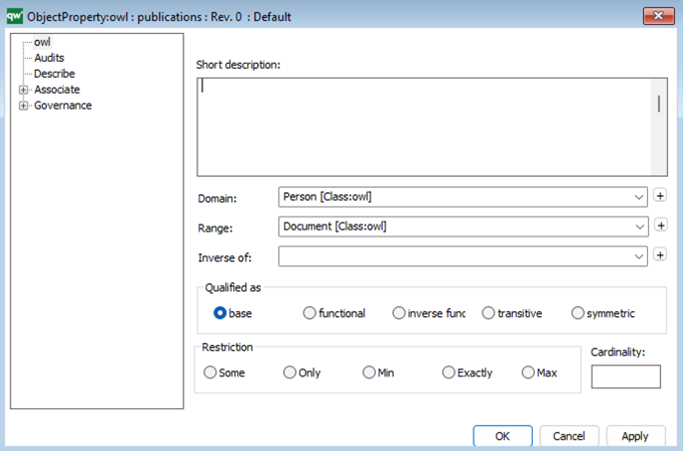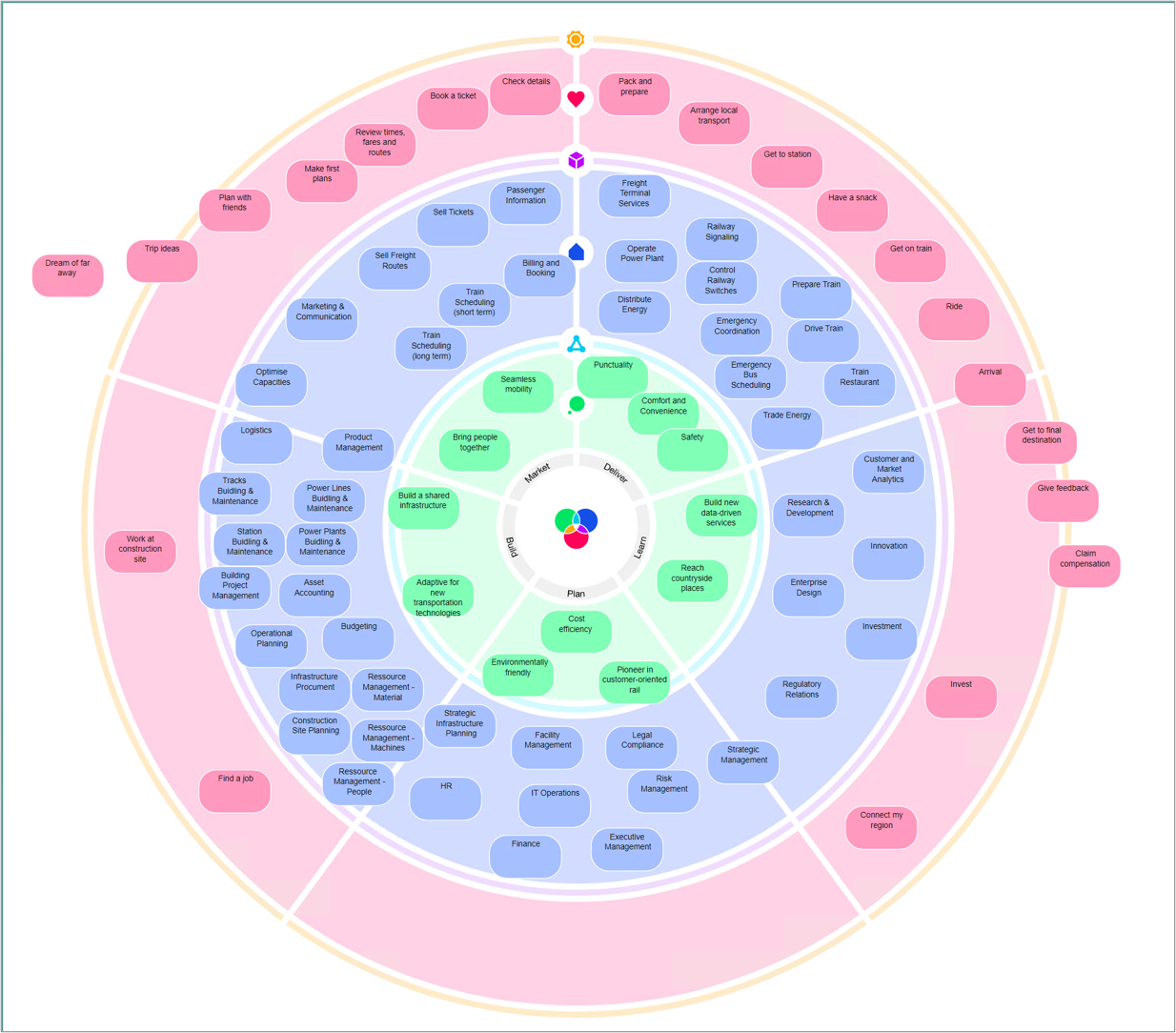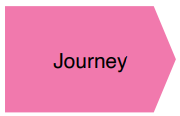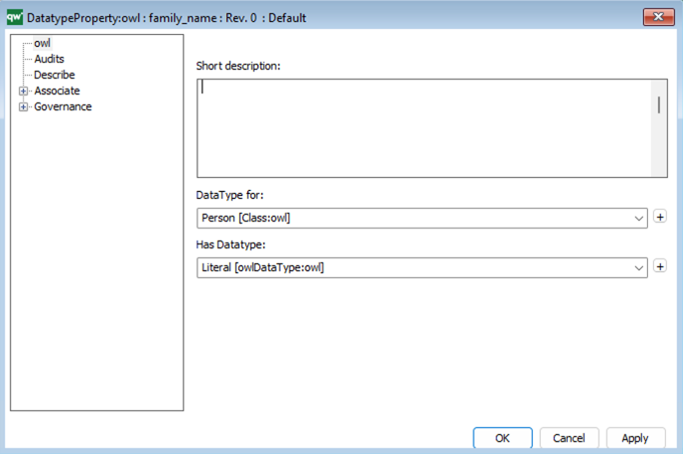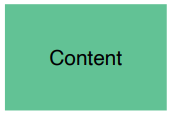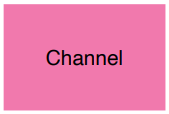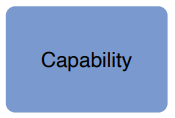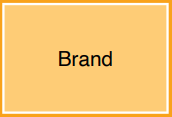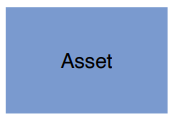The Class:owl template contains definitions, descriptions, and ontology characteristics according to the ontology diagrams which contain it. This content is synchronized at close of the diagram.
In the future, when there will be a rdf/owl (and possibly turtle and json) loader from text source defining ontologies, these properties will be filled automatically, and the ontology diagram will also be generated.
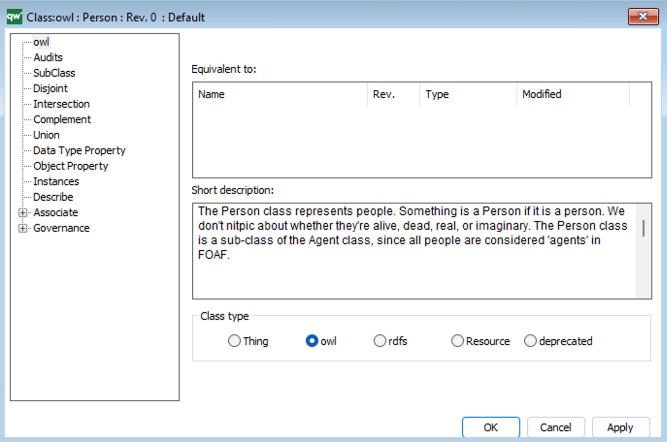
A class is described with:
- Other classes it could be Equivalent to
- A Short description
It can be:
- A Thing
- An owl class
- a rdfs Class
- a Resource
- a deprecated Class
These five options determine the appearance of the class in the diagram.
The class hierarchy
These fields are synchronized with the diagrams which the class appears in.
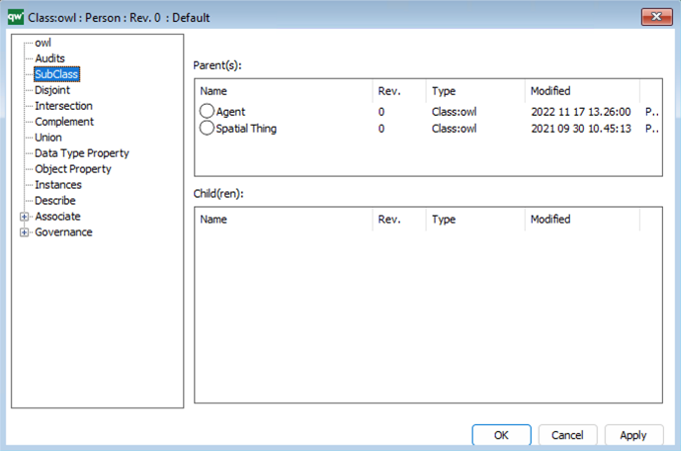
A class is part of a class hierarchy as :
- A subclass of Parent classes
- A superclass of Child classes
The class participates to set rules
These fields are synchronized with the diagrams which the class appears in, when it participates to set rules.

When participating to a disjoint rule, the classes which the class is Disjoint with are listed here.

When participating to an intersection rule, the classes which the class is in Intersection with are listed here.
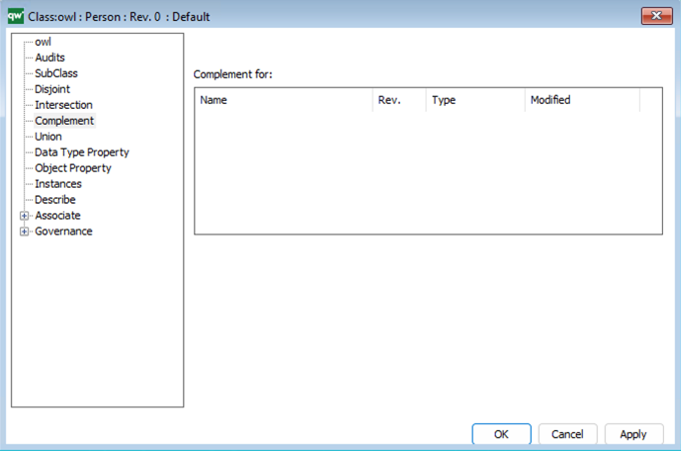
When participating to a complement rule, the classes which the class is Complement for are listed here.

When participating to a union rule, the classes which the class is in Union with are listed here.
The ObjectProperties of the class
This field is synchronized with the diagrams which the class appears in.
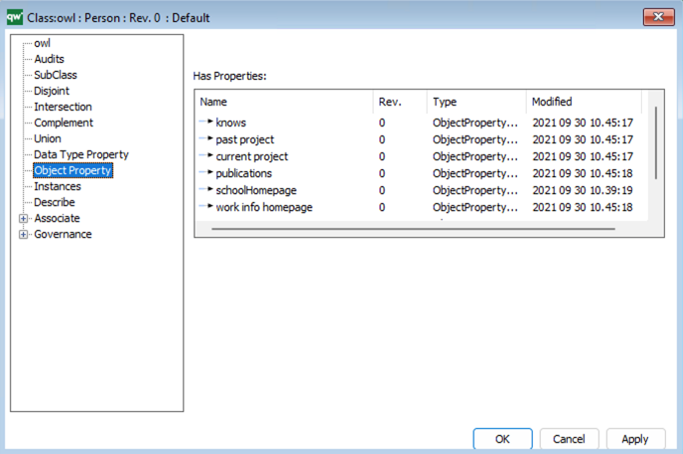
A class has Properties.
The DataTypeProperties of the class
This field is synchronized with the diagrams which the class appears in.
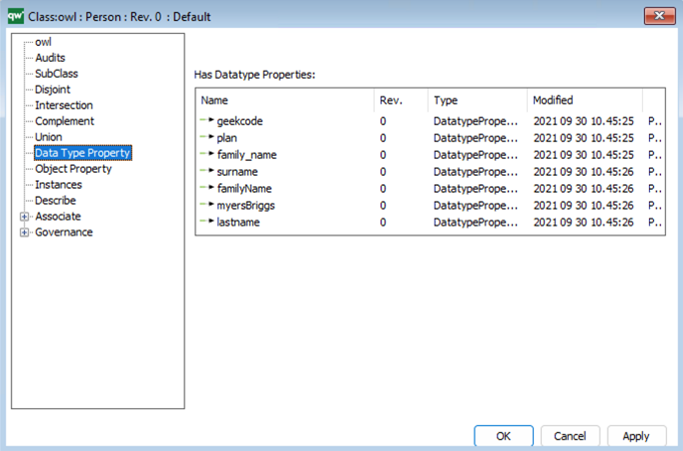
A class has Datatype Properties.
These are the DataTypeProperties which the class is Domain for (source of the relationship).
The Instances of the class
This field is synchronized with the diagrams which the class appears in.
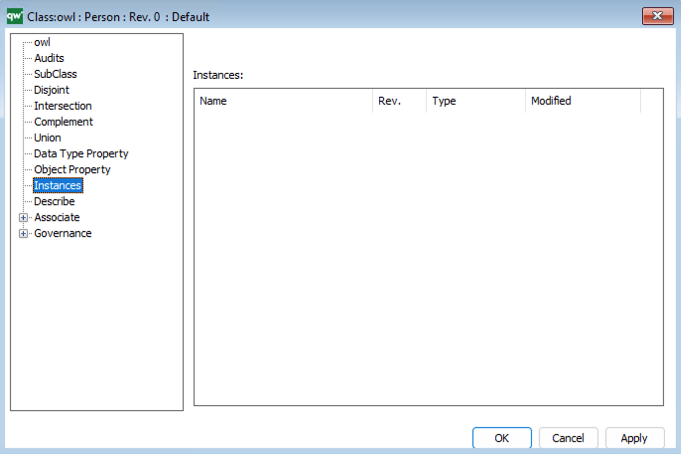
A class has Instances.
These are the declared instances of the class.
